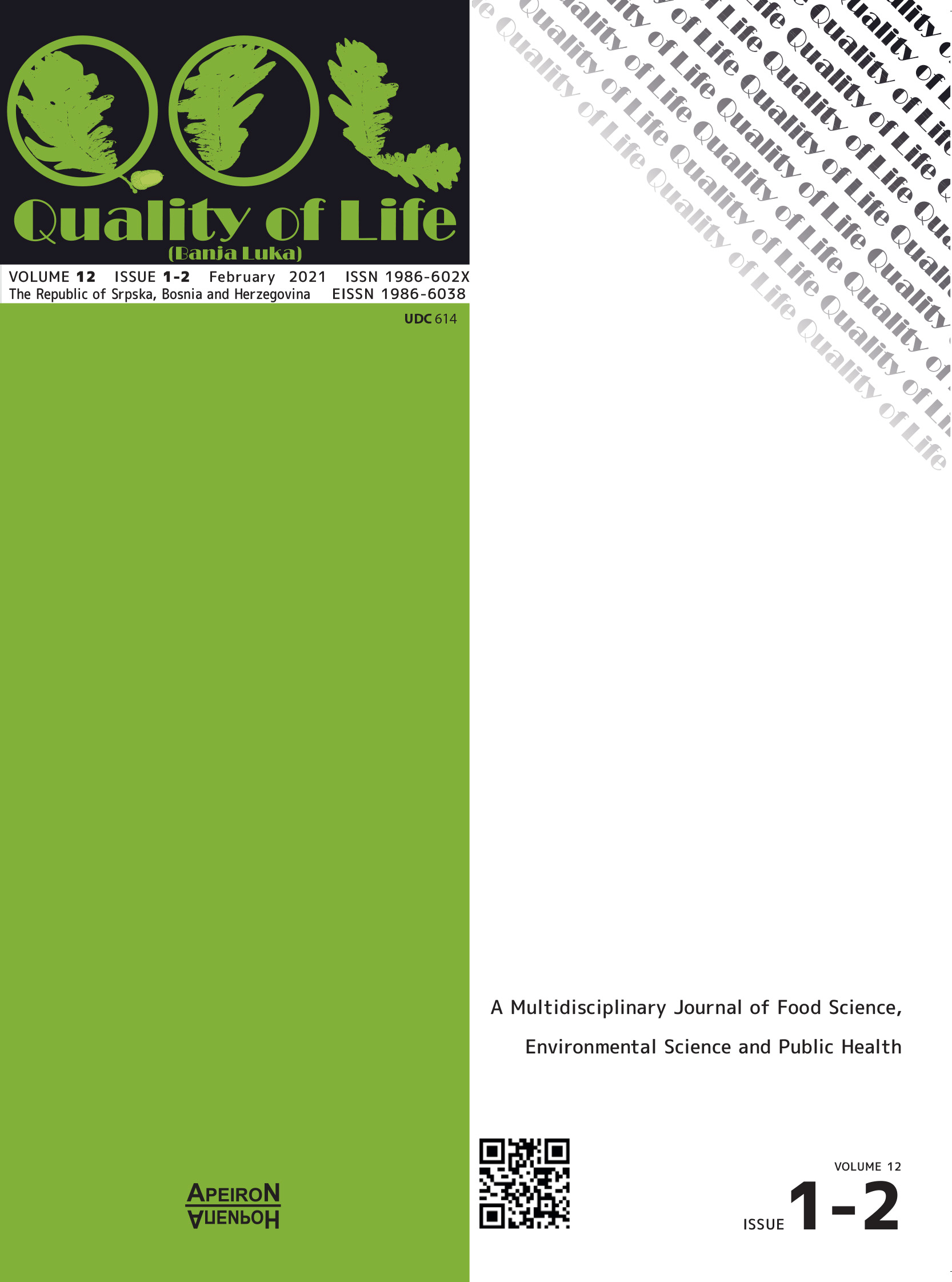Essential Oils as Green Repellents Against Mosquito Vectors
DOI:
https://doi.org/10.7251/QOL2101051AAbstract
The mosquitoes are a serious threat to public health, since they are known vectors of many life-threatening diseases. Mosquito-borne diseases cause millions of deaths worldwide every year. While mosquitoes are important to maintain ecosystems, the aim is to keep them out of our personal space. People looking for alternatives to synthetic mosquito repellents may find that some natural repellents are effective in protecting them from bites. Natural insect repellents use natural ingredients such essential oils and other plant-based elements. Certain essential oils are effective and helpful in repelling mosquitoes, and are a natural alternative to the harsh chemicals in commercial bug sprays. These products are also likely to be less toxic to humans and the environment. Natural repellents and some essential oils may be effective in keeping mosquitoes away because they block their sense of smell. Many natural scents that are appealing to humans actually repel mosquitoes. Plant - based repellents are becoming more widely used as a protecting measure against mosquito bites, but more research is needed to develop natural repellents in terms of improving their repellent efficiency as well as in terms of their safety for use. This article presents a review about the best essential oils used as green repellents against mosquito bites, their efficiency, development and testing.
